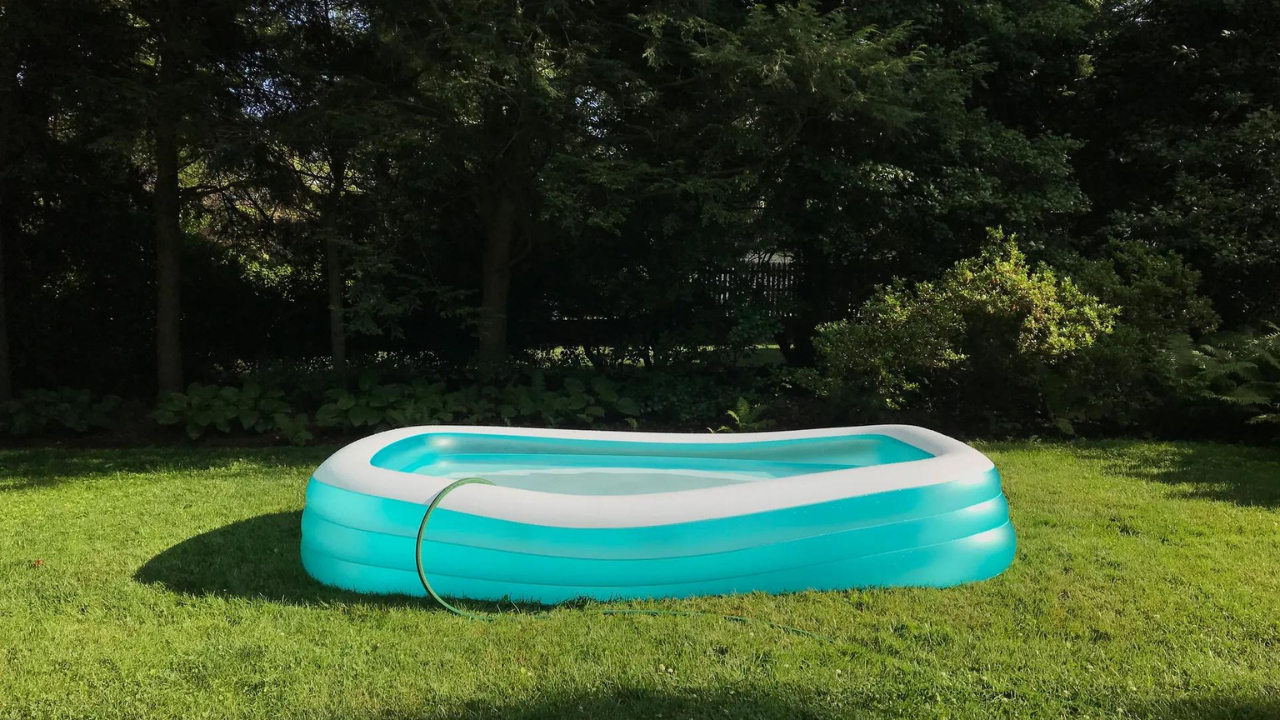
With temperatures set to reach up to 30°C in the UK this week, many families will turn towards inflatable garden pools as a refreshing and affordable way to beat the heat. They're particularly great for those with limited outdoor space, especially as they come in all shapes and sizes.
However, as handy as they are, there are several potential risks and pitfalls to be aware of. We spoke to Georgina Read, Director at Paving Superstore, who shared three things to consider before diving in.
From algae build up to positioning the pool in the wrong place, here are the three mistakes everyone makes with inflatable swimming pools.
1. Let algae build up
If you didn't already know, inflatable pools are prone to algae growth without a proper filtration system. One way to combat this is to drain and refill the pool daily or as and when you use it.
If you're concerned amount the environmental effect and potential costs associated with frequent draining and refilling, try changing a portion of the water regularly. This can help remove some of the algae and contaminants while conserving water.
You could also place the pool in a partially shaded area or position a pool cover when not in use. This will help regulate the water temperature and minimise algae growth, especially as algae thrive in warm, sunny conditions.
2. Overlook waterlogging and lawn damage
If your garden has poor drainage, continuous draining can lead to waterlogging and potential damage to your lawn. Waterlogged soil becomes compacted, making it difficult for roots to penetrate and access nutrients. This can stunt the growth of your lawn and other vegetation, or cause soil erosion and expose plant roots.
3. Setting it up on the patio
Whilst inflatable pools are typically designed for grassy areas, they can also be set up on hard surfaces like patios, paving stones or concrete. However, this should be avoided if possible.
The weight of the water in the pool can put pressure on the grout or cement used to hold paving stones or concrete slabs in place, potentially causing cracks or dislodging the materials over time.
Chemicals used to treat the pool water, such as chlorine or algaecides, can also potentially stain or discolour paved surfaces if not properly contained.
Own one of the best hot tubs instead? Check out our guide on how to turn your hot tub into a ‘cool tub’ for summer.







